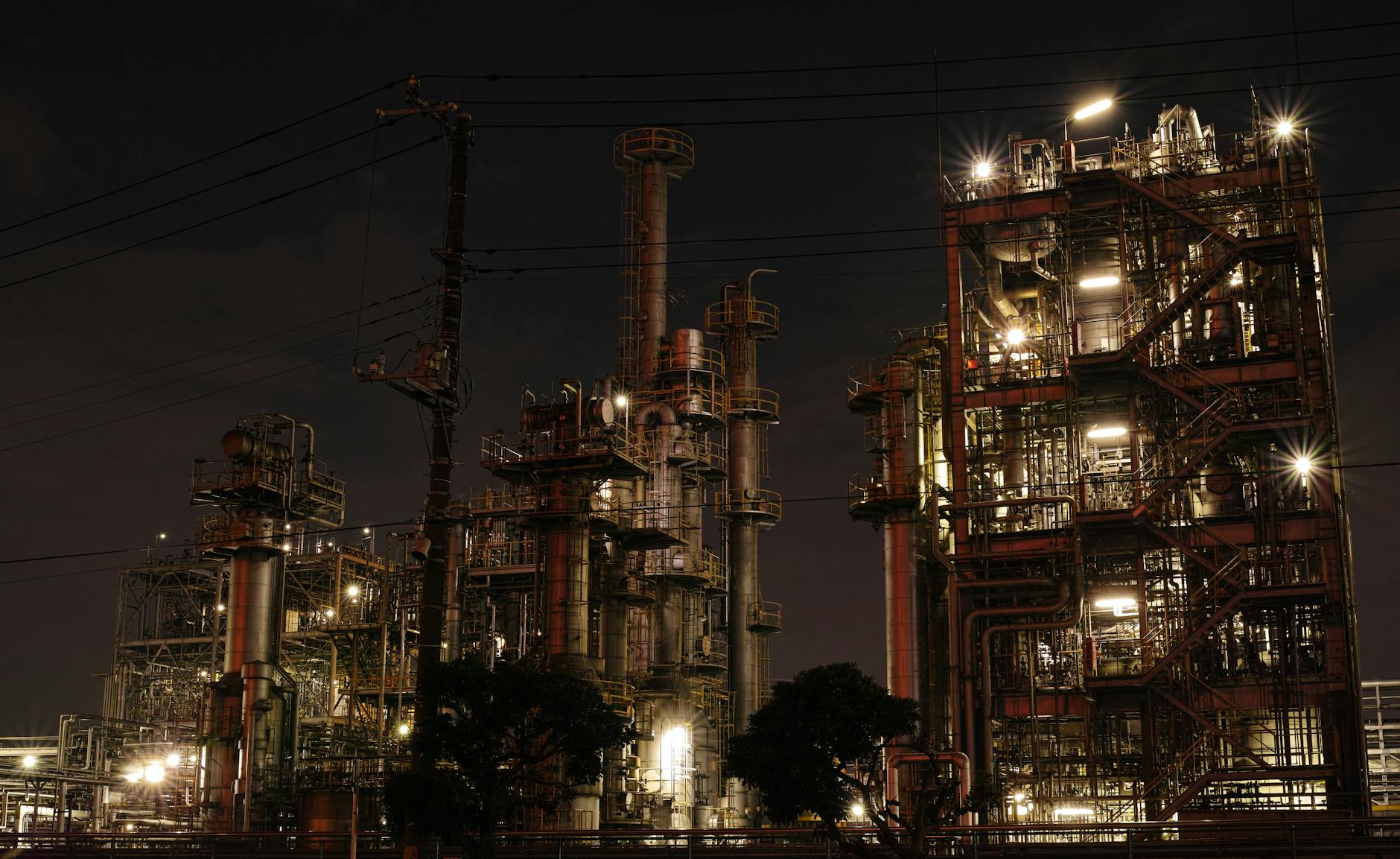Illumination Measurement


Illumination measurement refers to the process of assessing the intensity and distribution of light in a given space. It is commonly used to evaluate the effectiveness and uniformity of lighting in both indoor and outdoor environments. This measurement ensures that lighting meets specific standards or requirements, which is essential for tasks such as ensuring safety, comfort, and energy efficiency. It typically involves the use of specialized tools like light meters, which measure lux or foot-candles, units that quantify light intensity, to determine whether the light levels are appropriate for various activities or environments.
This service is widely used in industries such as construction, architecture, photography, and facility management. For example, in workplaces or public spaces, proper illumination is critical for productivity, reducing eye strain, and enhancing overall well-being. Similarly, in areas like street lighting or parking lots, ensuring adequate light coverage is essential for safety. Illumination measurement can also be used to optimize energy consumption by identifying areas where lighting is excessive or insufficient, helping to adjust systems for maximum efficiency while maintaining adequate visibility.
